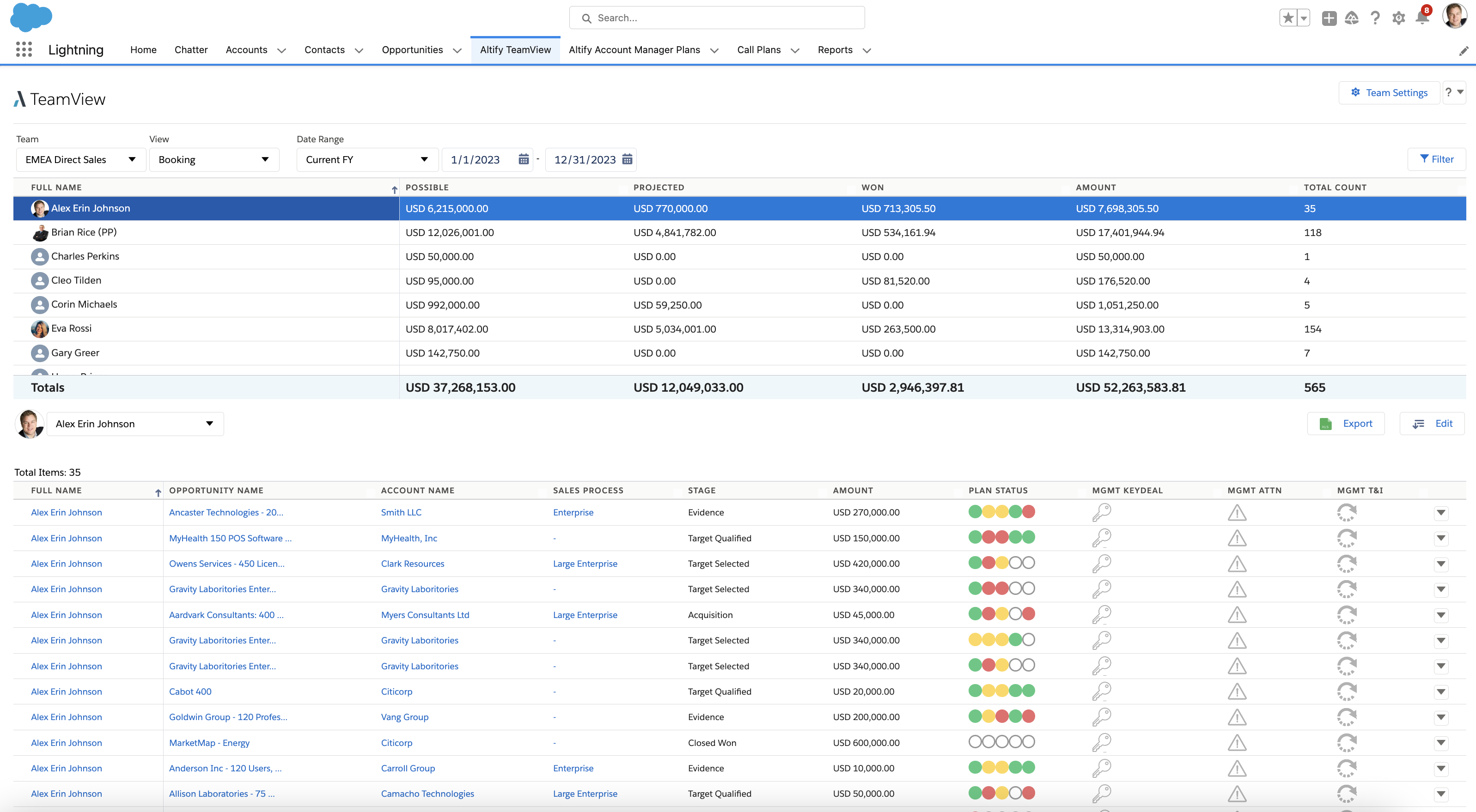An account-based selling strategy is only as effective as the work you put into it.
Business-to-business (B2B) companies often use account-based selling to pursue high-value accounts. But what many new business owners don’t know is this strategy requires careful consideration and planning, and alignment between marketing and sales.
If you’re a new business owner looking to drive revenue by shifting your sales strategy to account-based selling, you’re in the right place. We spoke with Thomas Ross, founder of Easy Digital Headquarters, a training startup for sales and marketing professionals.[1] We’ve paired his insights with Gartner research[2-4] to help you decide if account-based selling makes sense for you.
“Account-based selling is about targeted accounts, viewed within a targeted vertical.”


Thomas Ross
Founder of Easy Digital Headquarters[1]
What is account-based selling?
According to Ross, account-based selling is a B2B sales strategy that focuses on targeting and building relationships with specific high-value accounts in a particular market or vertical. Unlike traditional sales where one sales rep targets a single contact within a company, account-based selling has an entire team dedicated to targeting multiple stakeholders at the prospective customer’s company.
“Account based selling goes hand in hand with account based marketing,” says Ross, “where marketing teams orchestrate the process by setting up targeted marketing efforts to attract those accounts.”
What are the benefits of account-based selling?
By switching to account-based selling, your business can look forward to these three benefits, as explained by Ross:
Productivity: Account-based selling shortens the sales cycle and prioritizes quality leads over quantity, as your teams are focused on a targeted set of buyers and accounts that have been pre-qualified.
Efficiency: Narrowing your team’s focus to a select group of target accounts cuts down on time spent generating leads.
Analytics: Unlike traditional sales strategies where reps find their own accounts, account based selling gives your teams control over their results by making it easier to collect data and track interactions.
Who should use account-based selling?
“Account based selling is better suited for B2B than B2C industries like retail that are much broader in definition,” explains Ross. “This is because, in retail, sellers are building relationships with a much larger group of customer profiles rather than select individuals.”
This sales strategy also makes it easier to align marketing and sales, as both teams can work together to determine which accounts and customers to develop. Gartner research echoes this sentiment, adding that smaller companies might have an easier time implementing account-based selling because they tend to have closer ties between sales and marketing.[2] Familiarizing sales and marketing with account-based selling practices when your teams are still small makes it easier to scale them as your company grows.
What should you have in place before implementing an account-based sales strategy?
Research suggests that implementing an account based selling strategy without structure and process can cause confusion and lead to disagreements about roles and responsibilities among sales and marketing.[2] To ensure your account based selling strategy is successful, you’ll want to:
Identify a specific list of accounts to target. These accounts should fit your company’s ideal customer profile (ICP). Research about them to understand their priorities and pain points. Click here to learn more about this process.
Build a plan for each targeted account. This plan should include the client’s current situation and goals, content tailored to their needs, preferred engagement channels, and personalized outreach cadence. Gartner research shows that you’ll likely get better results if the plan is more personalized and more specific to the account.[3]
Collaborate with marketing. The 2022 Gartner Tech Marketing Benchmarks Survey shows that 63% of sales and marketing teams meet weekly to assess account engagement levels and build strategies.[3] Have your marketing team review results with the sales team to keep them working together, and make adjustments as needed.
Hire additional sales professionals to support accounts if needed. Gartner research encourages investing in labor to manage the account-based sales process so as to not overextend team members that already have full-time responsibilities.[2]
Don’t forget about setting key performance indicators (KPIs) to monitor the success of these efforts, reminds Ross. These KPIs can include customer retention rate, win rate, churn rate, customer acquisition cost, and customer lifetime value.[4]
Implement account-based selling with the right tech tools
Now that you know what it takes to set up an account based selling strategy, you’ll want to assess your tech stack to ensure it can support your efforts, help you track KPIs, and keep your sales team aligned with marketing.
Because it holds a wealth of information about your target audience, a customer relationship management (CRM) platform is your best bet for account-based selling success. Through a CRM, you can review closed-won accounts, most profitable accounts, least likely to churn accounts, and so on.
You can also benefit from built-in social media tools such as LinkedIn Sales Navigator. These tools can help you connect with prospects, identify decision-makers, and shorten the sales cycle.
Lead management platforms, like the one shown below, can help drive revenue through technology-led account based selling best practices. These tools can additionally guide your sales professionals with insights to uncover new growth opportunities in key accounts.

Detailed overview of accounts shown in lead management platform Upland Altify
However, remember that whatever tools you use, your account based selling strategy will only be as helpful as the work you put into it. “Any CRM will do,” says Ross, “but if you don't create the targeted accounts, the cadence, the account based marketing campaign, it’ll fall apart. Even though you have a program, you won’t get the data you need to analyze whether or not it’s working.”
For more information on B2B sales, check out the following articles:
